LOS ALAMITOS, Calif. — Teenagers persistently use normal psychology terms in an informal context. From toxic gaslighting to trauma dumping narcissism, negative psychology terms are prevalent in modern language and slang.
With the rise of pop psychology in the 21st century, the misuse and overuse of psychological terms have become increasingly prevalent, causing these terms to have become ingrained in common youth talk. This led psychologist RD Rosen to coin this phenomenon psychobabble in the 1970s.
According to Wikipedia, psychobabble is a set of repetitive verbal formalities of real psychological terms that kills off the very spontaneity, candour and understanding it pretends to promote.
Psychobabble is influenced by youth culture, the popularization of psychology through self-help movements and the use of psychological terms in everyday language. But one main proponent responsible for its spread is social media.
How social media affects psychobabble
On TikTok and Instagram, social media issues worsen psychobabble’s spread.
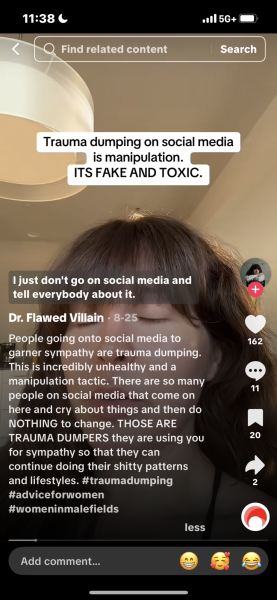
Influencers blame the social media culture of spreading information quickly (without fact checking or including context) for the spread of a mass misunderstanding of psychological terms. This confusion ultimately develops psychobabble in culture off the screen.
“Some psychological terms which are often overused or misused are antisocial, OCD and gaslighting. I have seen these terms be overused and misused by both those within the psychology field and those who are not. It’s very important to have a clear understanding of terms as a practitioner and ensure you use them within the correct context,” said @legallypsych in a TikTok video.
Other social media users blame influencers’ thirst for fast views and likes for furthering pseudoscience. Influencers, desperate for quick facts and terms for a short video, leave out the context and scientific support which make up a term, to produce efficient, digestible, short-form and therefore popular content. This leads teenagers to continue to spread false information unknowingly, simply repeating what they heard from these short videos.
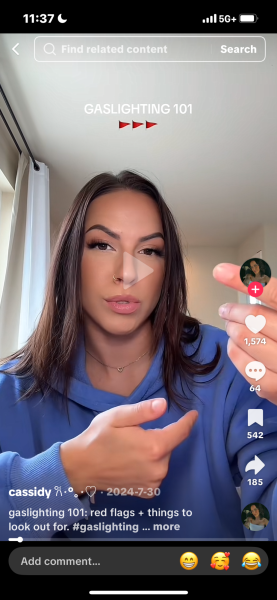
“Influencers post a psychological fact which has literally no scientific backing but they just act as if it’s completely true. They lie and fool the public into thinking they are psychologists,” said @dordynorris in a TikTok video.
Adults viewing this trend blame psychobabble on teenagers’ blind belief that all facts on social media are trustworthy, without taking the responsibility to verify the information for themselves before sharing it.
This likely stems from a naive, immature desire to sound educated and authoritative.
“A lot of the times what people hear is just a TikTok version of knowledge. It’s not really researched knowledge,” said Mr. Anderson, Los Alamitos High School AP Psychology and sociology teacher.
Overall, social media is critical in furthering psychobabble, especially in younger generations.
“(Social media) has created a forum where people can frame themselves as your peer who just happens to have gotten expertise in this, and then they frame their pseudo-scientific ideas through social media, and it gains a lot of traction, it pops up on a lot more feeds, and the algorithm keeps giving you that (video). And so we’ve seen the spread of a lot of poor non-scientific health information through social media,” said Mrs. Helm, LAHS science teacher.
Negative psychological effects of this pseudoscience
Psychobabble is a branch of pseudoscience. Pseudoscience refers to the dangerous beliefs and activities that are claimed to be scientific but, in reality, lack classic features of science.
“Pseudoscience is science’s shadow. Specifically, it is the shadow of professional science, and just as a shadow cannot exist without the object casting it, so does every object necessarily cast shadows. During the past 200 years, demarcating what stands as legitimate, mainstream science from its less reputable counterparts on the fringe has been a central mechanism of how various disciplines have developed,” said Micheal D. Gordon, National Library of Medicine writer.
Pseudoscience is influenced by source attribution error, a distorted memory where one forgets what source they heard a certain piece of information from, causing the creation of false memories and an acceptance of false information.
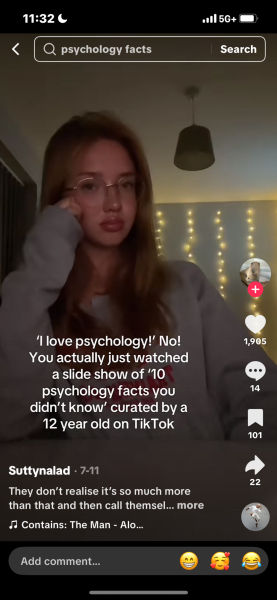
“We just assume that when someone says that they heard (something) in a study, that it’s okay, and so people believe them. There is some source attribution errors, errors in what the message actually is, when people use these terms to sound smart,” said Mr. Anderson.
Pseudoscience is also spread due to the simplifying complex scientific terms, a desire to show off and an increasing public awareness of mental health of the 21st century (through movements like self-help psychology).
As part of pseudoscience, psychobabble can have devastating consequences, causing dangerous health trends and a rejection of medicine and science.
“One of the biggest kind of modern issues is pseudoscience and the spread of social media, because of (pseudoscience) a lot of people are trying fad diets and rejecting sound scientific and medical advice for something they see (online),” said Mrs. Helm.
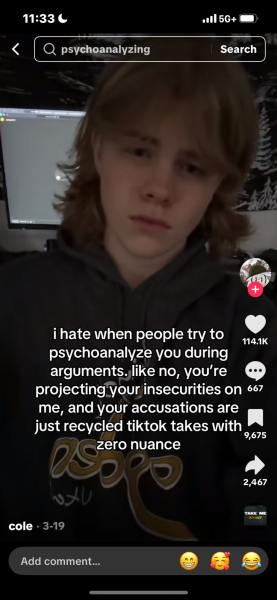
Additionally, according to Psychology Today, using these words abundantly without restraint can spread a self-absorbed behavior, where we sound like a high-minded, neutral psychologist while cutting others down.
“People sometimes choose to use psychological terms to sound smarter and more authoritative,” said Mr. Anderson.
While this can be an immature way of showing off, too much psychobabble can make it difficult to have a conversation with someone. The spread of psychobabble decreases open communication, instead resorting to name-calling and diagnosing.
Psychology Today professor Jeremy E. Sherman believes that using psychobabble is soon becoming a way to avoid reasonable debate, as more and more people diagnose people who they disagree with.
“But soon open-minded becomes a way to bully people who disagree with you. Just say “I guess you’re just not open-minded’ as a way to shut them up,” said Sherman.
Conclusion
Overall, the increase of psychological language can help both spread awareness of mental health issues; however, it can develop misunderstanding about common mental disorders, leading to misdiagnosis, false opinions and pseudoscience.
“Mental health will never be destigmatized if people continue to use psychological terms as if they hold no meaning,” said TikTok user @elizaisntavaliable_.
Psychobabble not only encompasses these issues, but it also raises the question: when should we draw the line between harmless facts and a genuine concern?
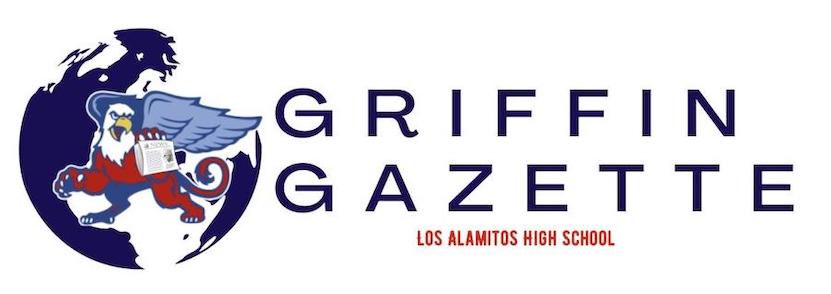


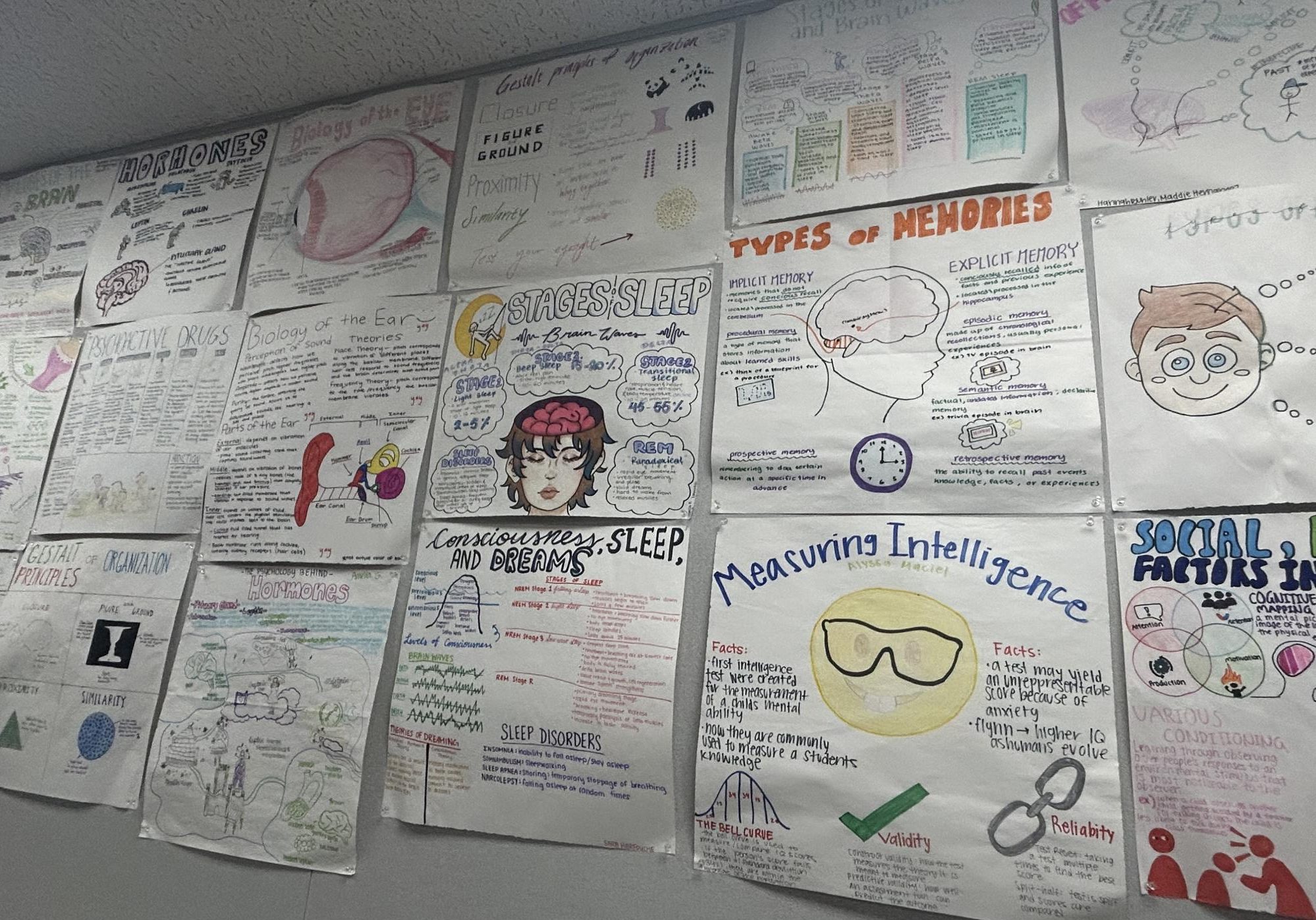
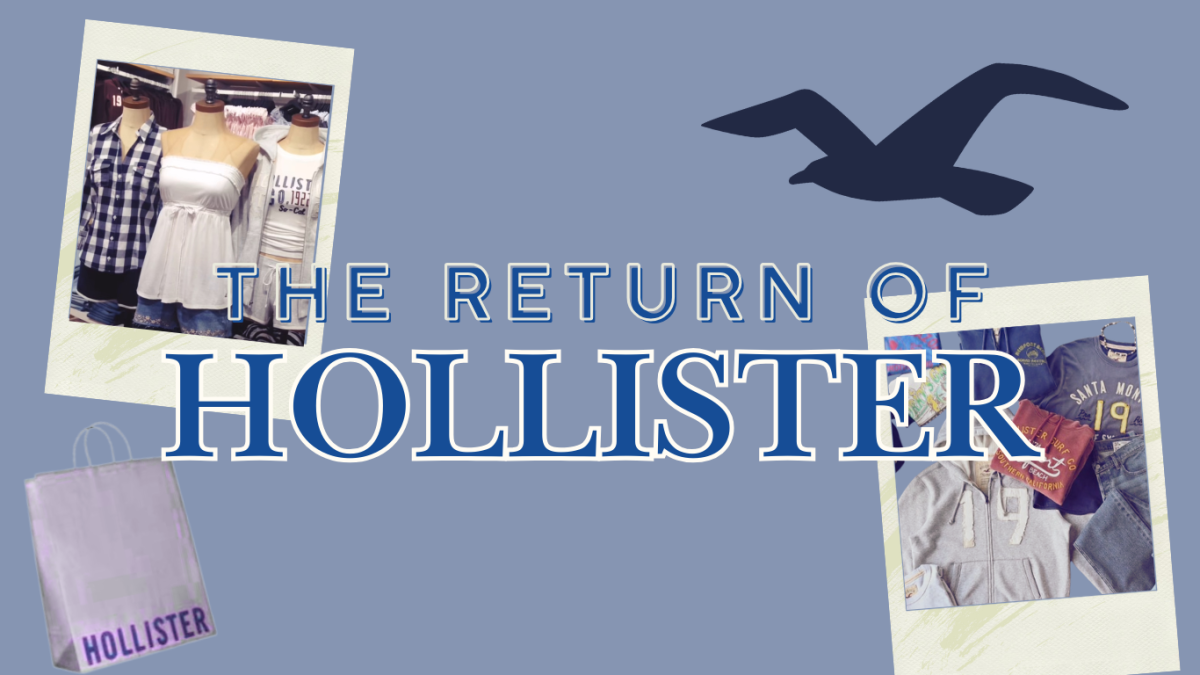

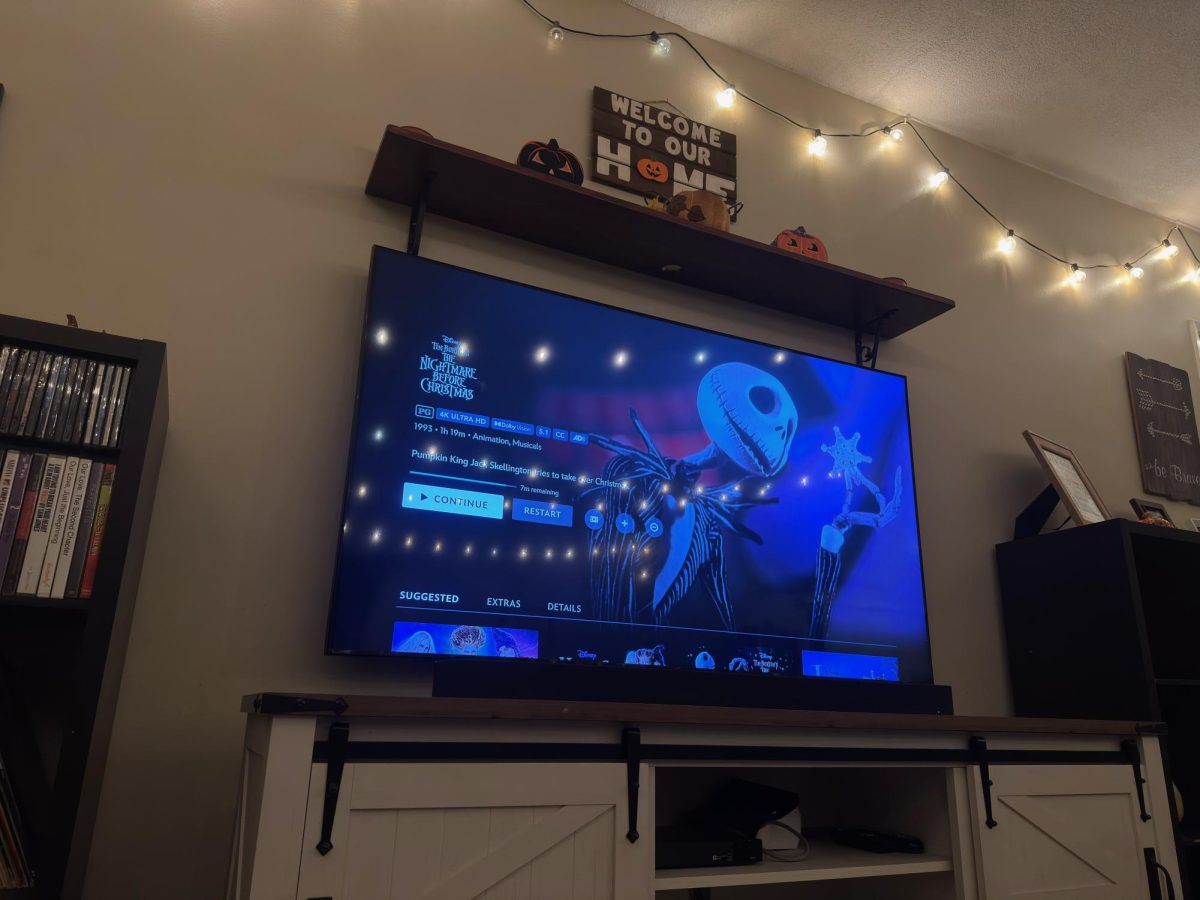



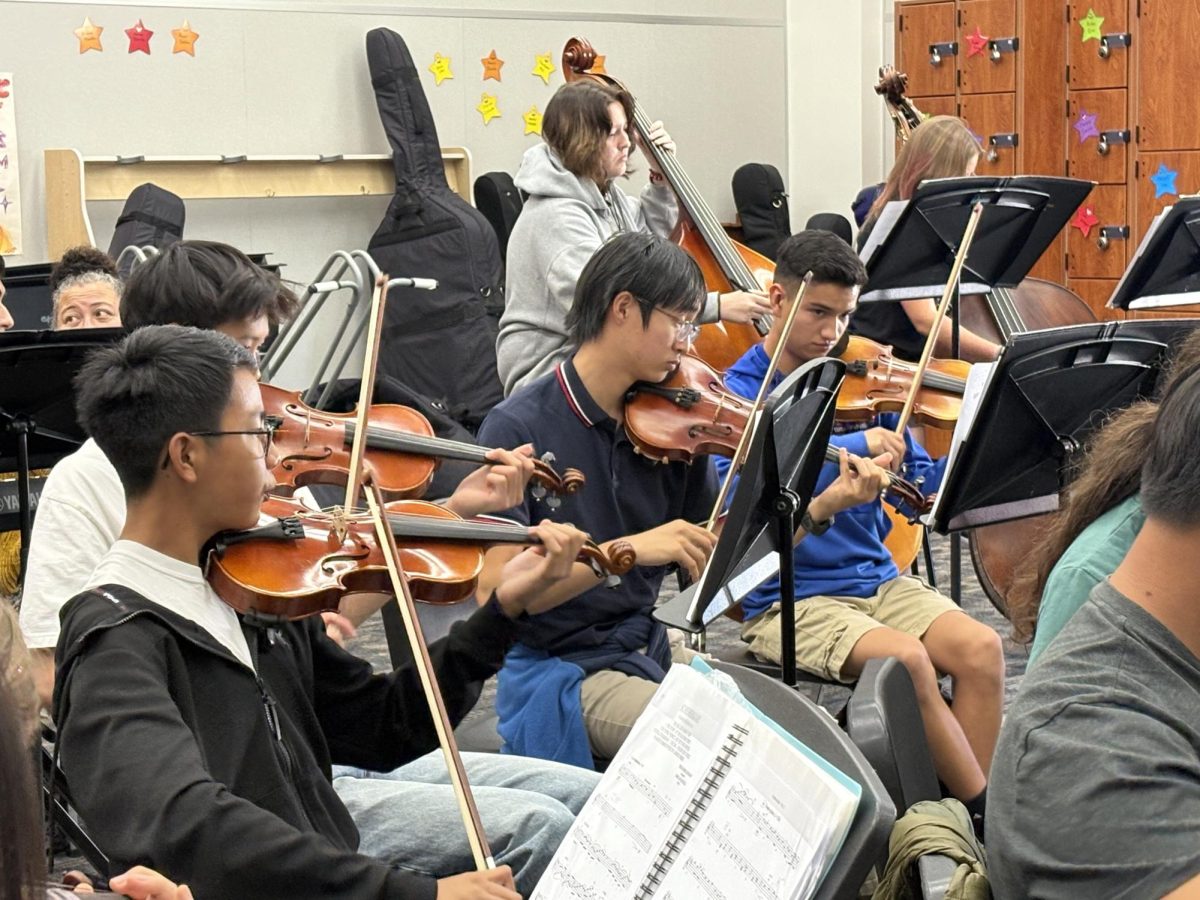

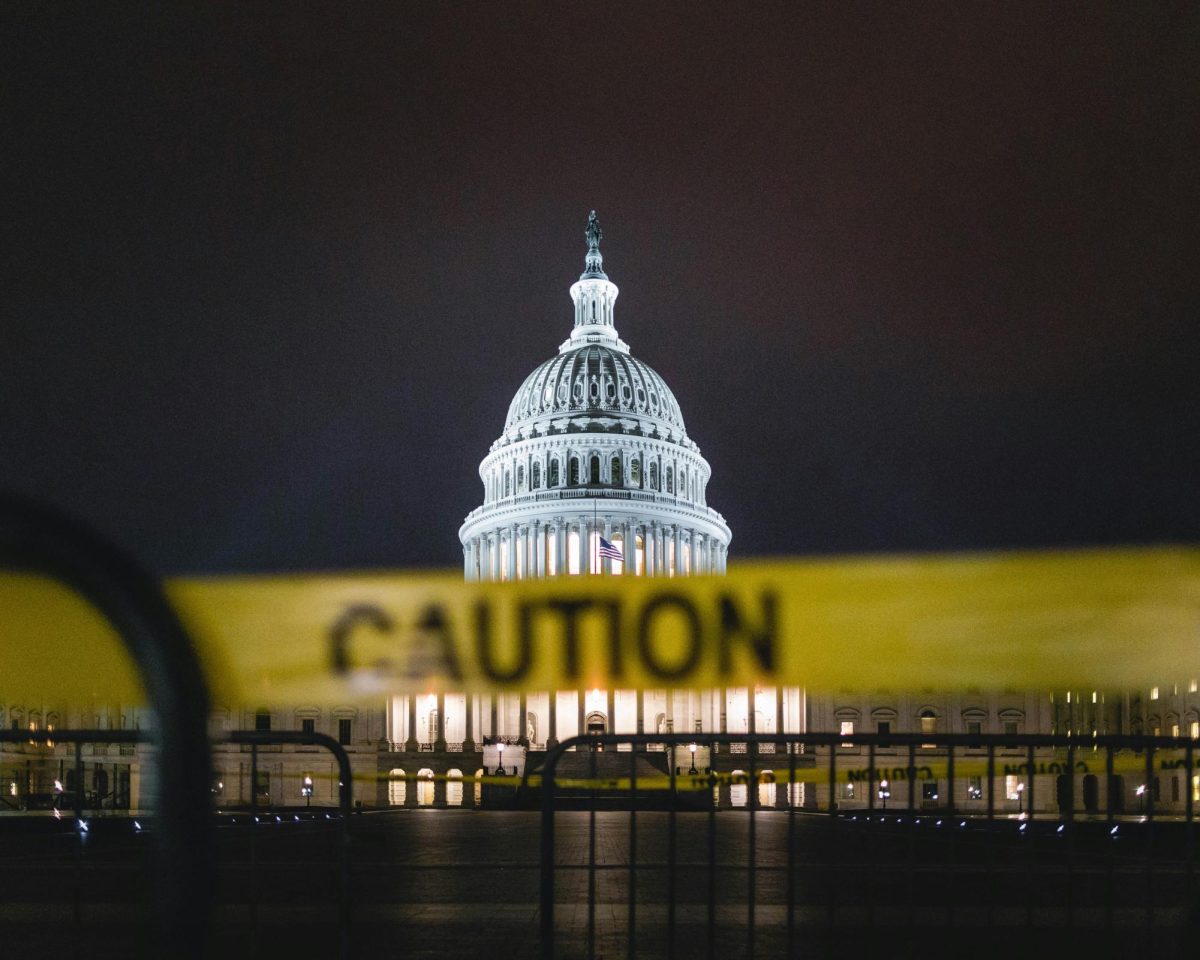
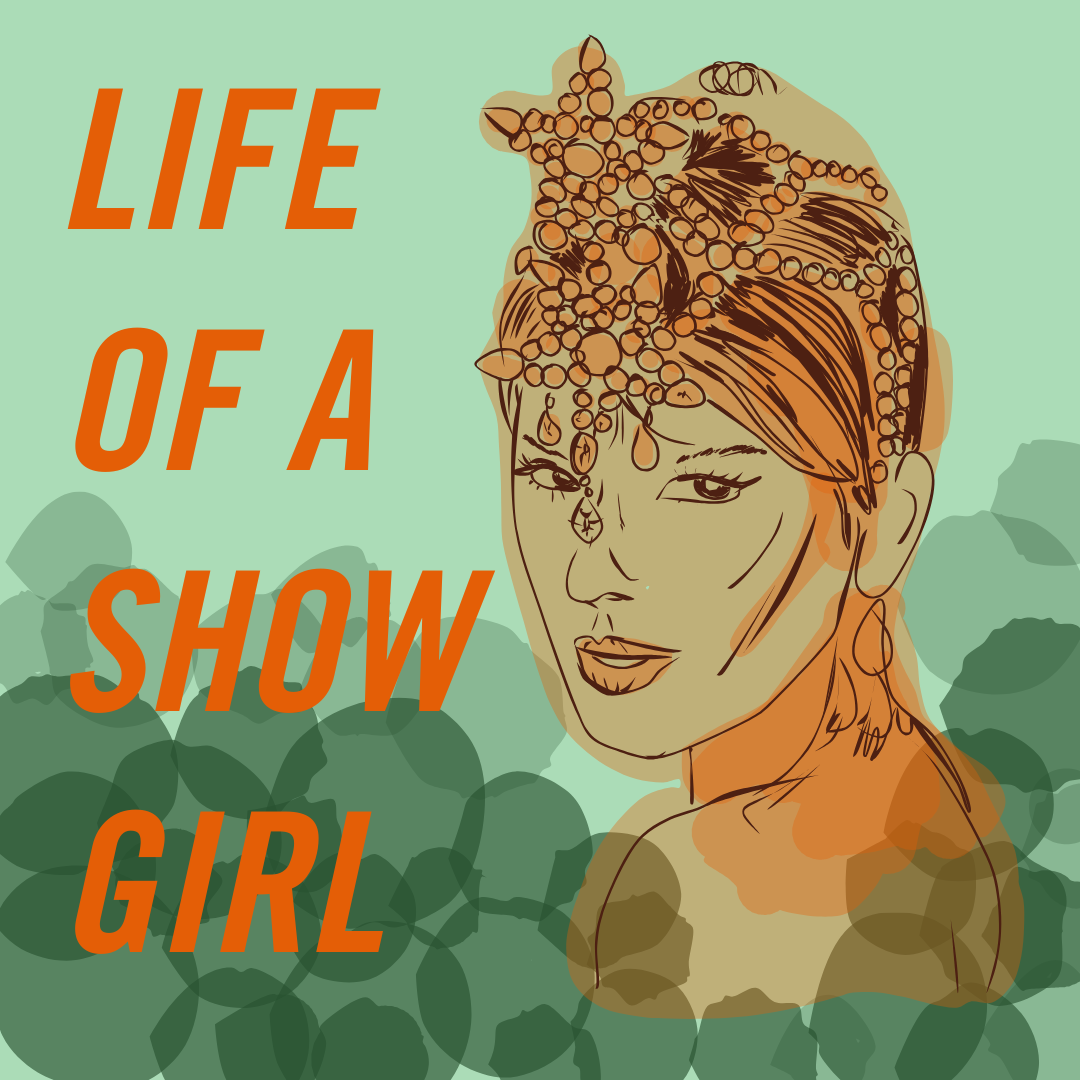
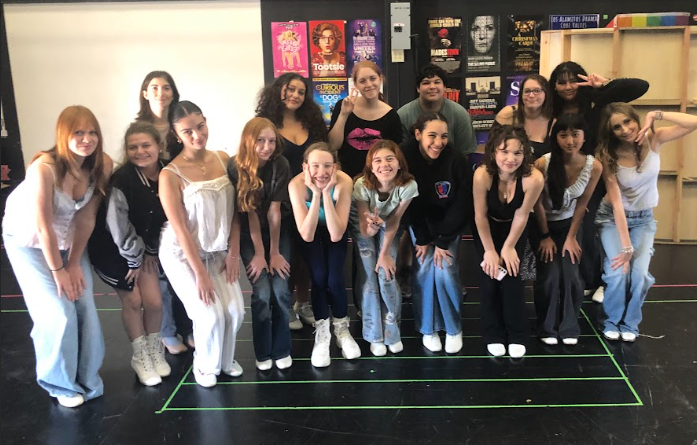
Katie Arnoult • Oct 2, 2025 at 8:45 am
This is SO good! I love your mix of TikTok examples with real research and facts